The term “Celtic” pertains to people who lived in the United Kingdom and Western Europe between 500 BC and 400 AD. Celts lived in small villages led by warrior chiefs during the Iron Age. Ireland has been home to different civilizations for millennia with its rich history and culture. One interesting aspect of Celtic civilization, besides its architecture, cities, and mythology, is its symbols.
Celtic symbols and icons held tremendous power for the ancient Celts in all facets of life for centuries. A few of these Celtic symbols have even become national symbols of Ireland. Unsurprisingly, Celtic signs and their meanings have become essential to Irish history and culture. While many ancient Celtic symbols originated from the pagans, they were now adapted into Christian religion and culture. They can now be found in different locations, such as burial sites, parishes, and ancient monuments. Here are the top 10 Celtic symbols that will help you understand their culture and tradition more.
The Celtic Tree of Life

The Five Fold or Circular Knot

One of the most underrated Celtic symbols is the Celtic Five Fold. Although it is not as popular as the Celtic cross, it appears in different events, sites, and monuments in the present time. One popular example is its resemblance to the Olympic logo. It is made of four outer rings surrounding a central ring. The design is simple and straightforward, but the symbol holds different deep meanings and representations.
The Celtics have different interpretations of this symbol. Sometimes, it is used as a representation of god, faith, heaven, and spirituality. Others use it to describe the changing seasons or the four cardinal directions. However, it is also used as a symbol of enlightenment, protection, and spirituality.
Triskele (Triskelion)
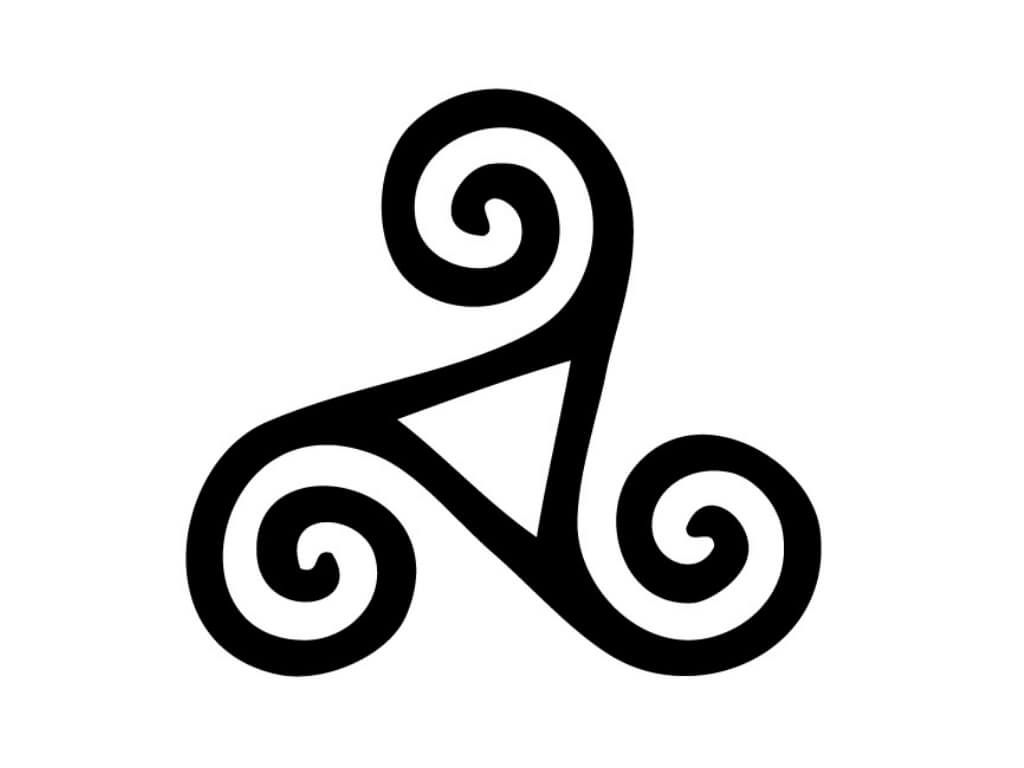
Triskele is one of the first symbols that the Celts used. It reflects and represents several ideologies and traditions of the Celtic Civilization. Its name, which means “three legs”, came from the Greek terms “Skelos” and “Tri.”
Trieskele is of the oldest icons that represent spirituality. It has been used for millennia, dating back to ancient times. For them, three is a magical number. They believed that all important things come in groups of three. In fact, most of their deities/gods and goddesses have three personas.
It symbolizes different things (but always in triads). In some contexts, it means the past, present, and future. Sometimes it depicts the life cycle (birth, death, and rebirth). While others interpret it as the union of a person’s physical, mental, and spiritual self.
Dara Knot
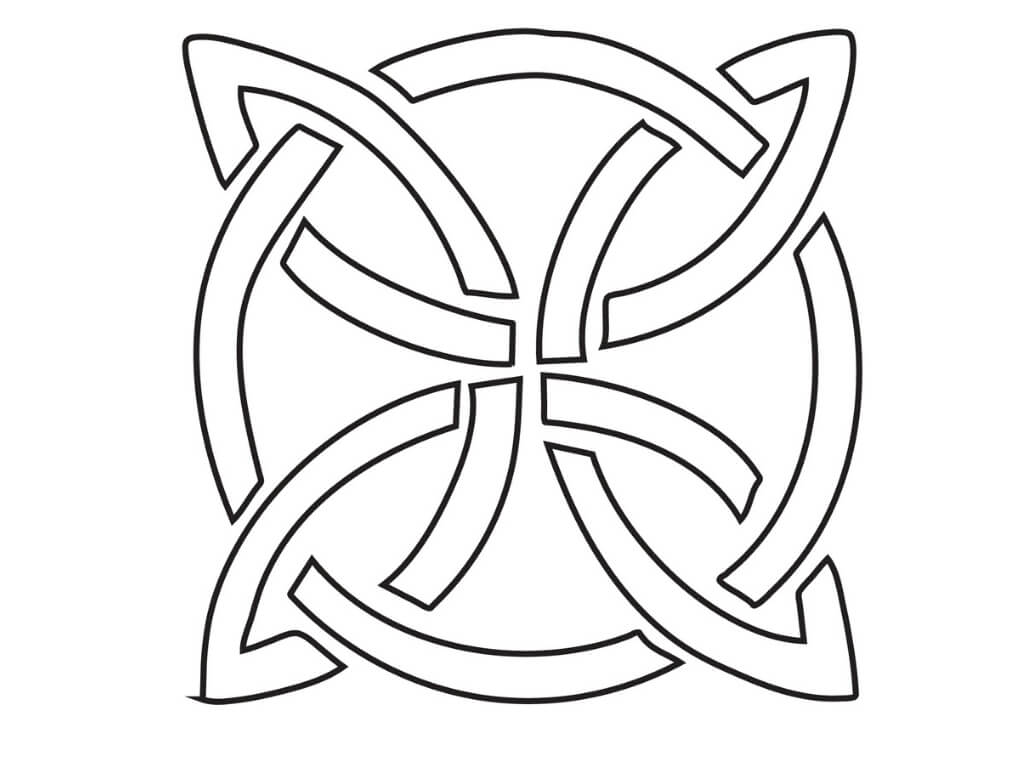
The Dara Knot is one of the most stunning Celtic knots. It has a variety of meanings. This tree-shaped knot’s name was derived from Doire, an Irish word term for an oak tree. It was first used in the third and fourth centuries. The symbol of the Dara Knot was found in statues, inscriptions, and temples in the eighth century.
To simply describe it, Dara Knot looks like two intertwined lines. It doesn’t have an ending or a beginning. Artists depict Dara Knot as an artistic representation of a sacred oak’s intricate root structure.
Carolingian Cross

The combination of Christian and Celtic elements resulted in their famous symbol, Triquetra Cross or Carolingian Cross. It is the Celts’ interpretation of Christ’s crucifixion. It is similar to the Everlasting Cross but follows a braided style. Artists described it as a symbol of four Celtic Unity knots artistically combined.
It was named after France’s Carolingian Dynasty and represented ‘God’s Eternity.’ Others associate it with eternity since it has no beginning and end. At the same time, others interpret its symmetry as balance and unity. As time passed, the symbol also became a representation of temperance for other artists.
The Celtic Cross

The Celtic Cross is thought to be a symbolic compass which is a symbol for North, East, West, and South. Its popularity and usage predate Christianity. For some artworks, it represents Wind, Water, Earth, and Fire, the four cardinal directions. It also symbolizes the harmony of the body, heart, mind, and soul.
The Celtic Cross is typically made up of a Latin cross with an orb enclosing the intersection of the arms and stem. According to legend, St. Patrick or St. Declan brought the Celtic Cross to Ireland, and pagans used the circle to represent the sun.
As a symbol, the Celtic Cross symbolizes strength, knowledge, and compassion. In the middle of the cross is a circle that signifies the infinite love (God’s endless love) or a portrayal of Christ’s halo.
Serch Bythol

Celtic Harp
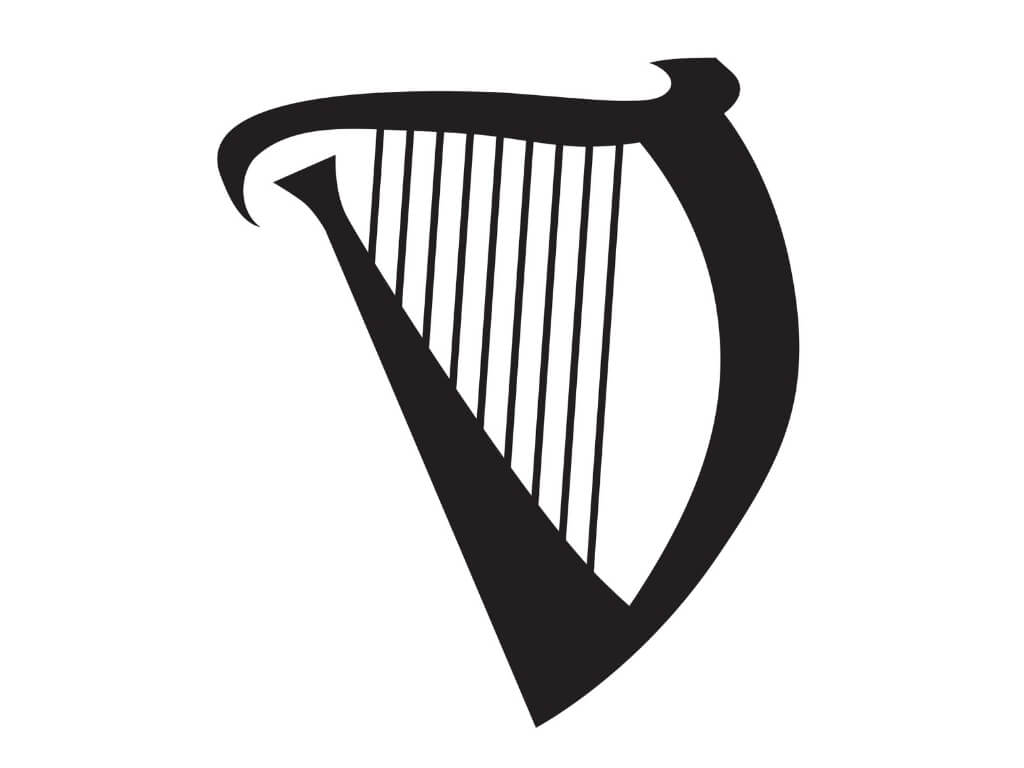
The harp is a well-known symbol of Ireland, making it the only country to have a musical instrument as its official symbol. It served as Irish Free State’s first emblem after the declaration of its independence in 1922. In 1945, the symbol of the harp was officially registered as the country’s coat of arms. But it was used as early as the 13th century by the royals of Ireland.
The current design follows the pattern of Ireland’s oldest harp, Brian Boru. This harp is now placed in Trinity College’s Long Room. Aside from being the official symbol of Ireland, the harp is also a symbol of rebellion against England. This is also the reason why Elizabeth I banned it before the end of the medieval era. This resulted in the decline of the Harp customs of the Celtics. It took more than 200 years to reintroduce it to the Irish culture.
Claddagh Ring
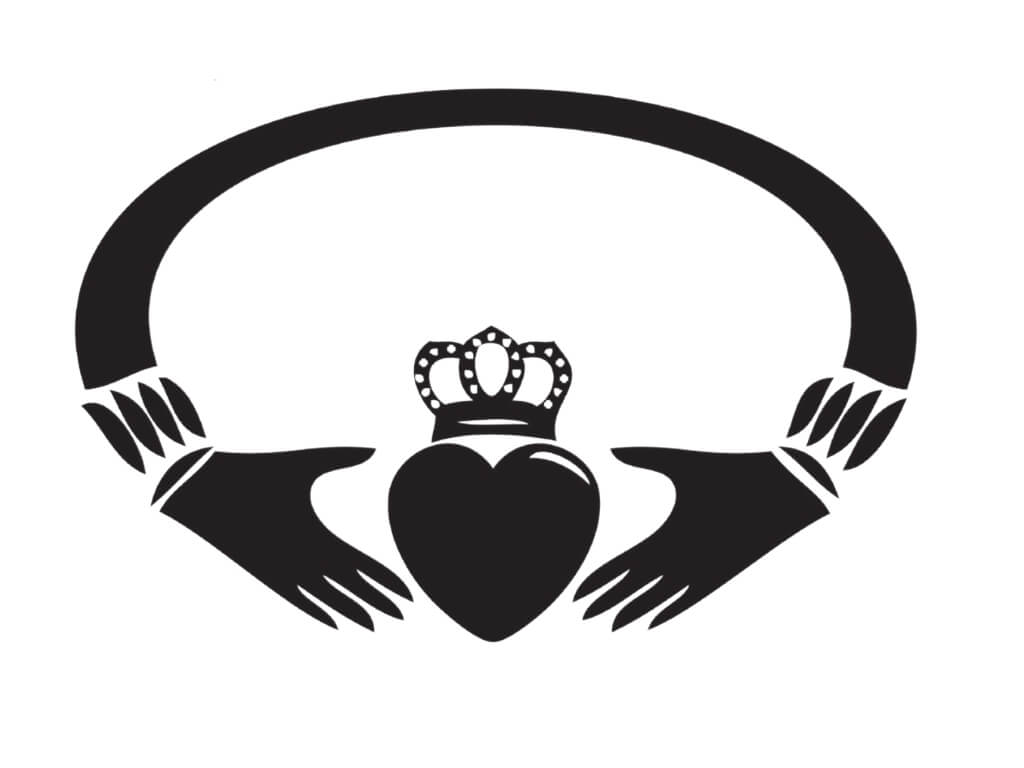
The Claddagh Ring is an Irish symbol that represents love, loyalty, and friendship. The heart symbolizes everlasting love, the crown depicts devotion, and the hands symbolize companionship and friendship. It was made in a small coastal village called Galway in the 17th century.
The Claddagh Ring came from the family of “fede” rings which are symbols of faith, union, and camaraderie. The fede rings were often used as wedding rings, promise binds, friendship rings, or engagement rings. They have been popular since the time of the Romans.
People are very meticulous about how the rings are worn since they convey the relationship status of the wearers. It can mean different things if you wear it on your right or left hand. The position and direction of where the heart is pointing also depict different messages. It can mean you are single, married, engaged, or in a relationship.
Sailor’s Knot
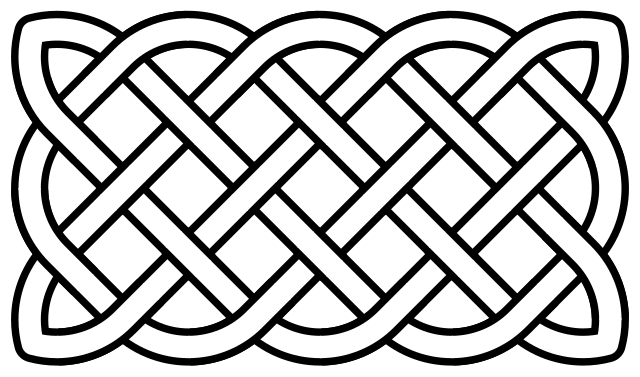
Let’s end this list with something sweet. The sailor’s knot is a symbol of enduring and everlasting love. It is believed that this knot was made by sailors (hence, the name) as a reminder of their loved ones whom they left behind as they sailed across the ocean.
The design is actually very simple. It was made from extra ropes, which the sailors intertwined in a series of tight patterns. Doing this not only eases their homesickness but also gives them the opportunity to enhance their artistic side. It became like a fashion icon back then since wives or lovers of the sailors would wear the knots as hairbands, belts, or chains.
Later on, it became a symbol of enduring love. Because the sailor’s knot becomes stronger because of time, pressure, and strain, the love that the sailors have for their sweethearts also endures the same. It is a symbol of hope that their love will last forever despite the challenges.